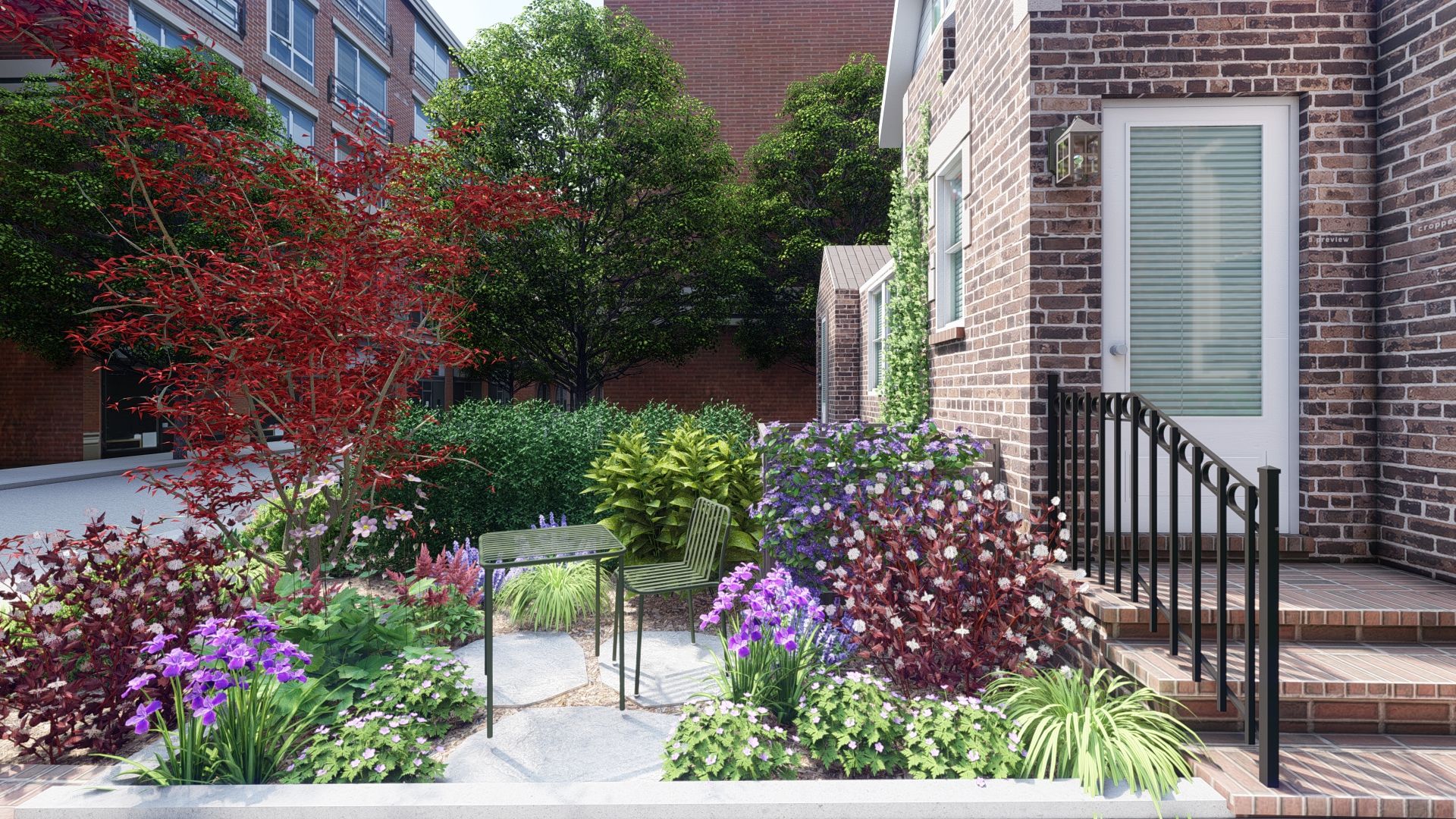5 Simple Techniques For Landscapers
Little Known Facts About Landscapers.
Table of ContentsThe Best Guide To LandscapersOur Landscapers StatementsUnknown Facts About Landscapers9 Simple Techniques For LandscapersThe 6-Minute Rule for Landscapers
Since they are specialists, they understand exactly what to do and exactly how to handle your landscape correctly. They have the right devices and know the suitable materials for the job.They recognize what the finest treatments are to have the ideal results. Landscapers. If you want an affordable gorgeous landscape task, you can have the professional landscaping company do the budget plan setting for you. You only need to tell them the details about exactly how you desire your location to resemble and the budget you have for the job
When designing a domestic landscape, one of the most important step is to place a strategy on paper. Developing a master plan will certainly save you time and cash and is most likely to result in an effective design. A master plan is created through the 'style process': a step-by-step approach that considers the environmental problems, your needs, and the elements and concepts of style.
4 Simple Techniques For Landscapers
The 5 actions of the layout procedure consist of: 1) performing a site stock and analysis, 2) identifying your requirements, 3) developing functional layouts, 4) developing theoretical layout plans, and 5) drawing a last layout strategy. The very first three steps establish the visual, useful, and gardening demands for the style. The last two actions then apply those needs to the creation of the last landscape strategy.

The practical layout is then utilized to situate the activity areas on the website and from this diagram a conceptual plan is established. The last step is a last layout that includes all the hardscape and planting details that are required for installation. Throughout the style process there are 10 vital things to consider: for plant selection and task place by considering what you want and require to assist identify shapes and organize areas by assigning task areas and relating to aspects for both the setting and the customer by utilizing massing and layering techniques such as change areas and centerpieces in the materials, the shades, and the surface appearances for the development and upkeep of plants by using sustainable style methods A detailed stock and analysis of the site is essential to figure out the ecological conditions for plant growth and the best use the website.
It is always best to use plants that will certainly flourish in the existing dirt. Where plants expand well, keep in mind the soil problems and utilize plants with comparable expanding requirements.
Not known Factual Statements About Landscapers
Topography and drainage need to additionally be kept in mind and all drain problems remedied in the suggested layout. A good style will move water far from the house and re-route it to other locations of the lawn. Climate concerns start with temperature: plants should be able to make it through the ordinary high and, most importantly, the average reduced temperature levels for the region.
Sun/shade patterns, the quantity and size of exposure to sun or shade (Number 1), produce microclimates (sometimes called microhabitats). Recording website problems and existing greenery on a base map will disclose the place of microclimates in the backyard. Plants typically fall under a couple of of four microclimate categories-full sunlight, partial shade, shade, and deep shade.

Energies such as power lines, septic storage tanks, underground utilities and roof covering overhangs figure out plant visit the site location. Make use of a land surveyor's plat of your residential property for the boundaries and location of your home.

How Landscapers can Save You Time, Stress, and Money.
Lots of individuals discover it handy to search in gardening publications and books for ideas. This is a great beginning, but be mindful that the gardens in the images were chosen because they are outstanding examples. Consider the photos with a critical eye to collect ideas that you can adapt to your enthusiasm degree, your spending plan and your site.
Choose if you wish to open your backyard, shut your backyard, or a little of both, to these views. To put it simply, do you desire the garden to confine the room around you and relate mostly to your home, or do you desire the yard to open views and look outward, connecting to the environments? This will certainly give you a starting indicate think regarding a motif.
This is called "local color", which means it fits with the environments. There are both type motifs and design motifs. Every yard needs to have a kind motif, but not all gardens have a design motif. Actually, many property yards have no particular design other than to mix with your home by duplicating details from the architecture such as materials, shade, and kind.
In a kind motif the organization and shape of the rooms in the lawn is based either on the shape of the house, the shape of the areas in between your house and the residential property borders, or a favored shape of the home owner. The type motif determines the form and organization (the layout) of the rooms and the links find out here between them.
The 2-Minute Rule for Landscapers
Architecture is usually the key source of a motif, but motifs can also stand for a time, a society, a location, or a sensation, such as tranquility or calmness - Landscapers. The benefit to using a standard design theme is the recognized collection of forms and components have historically functioned well together and withstood the examination of time
Style motifs can additionally use to the growing plan and might include tropical, desert, field, timberland, marsh, or seaside growings. Motifs can be as straightforward as a shade mix or plants with a distinctive character- such as grasses-used continuously in the make-up.